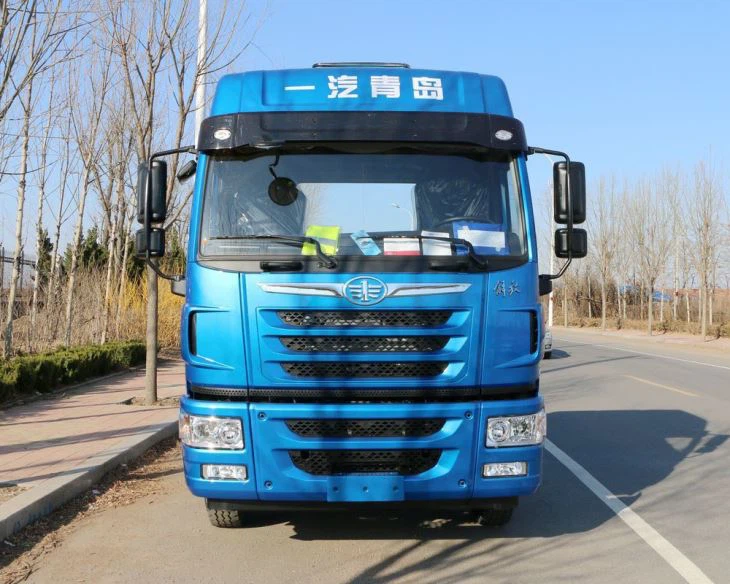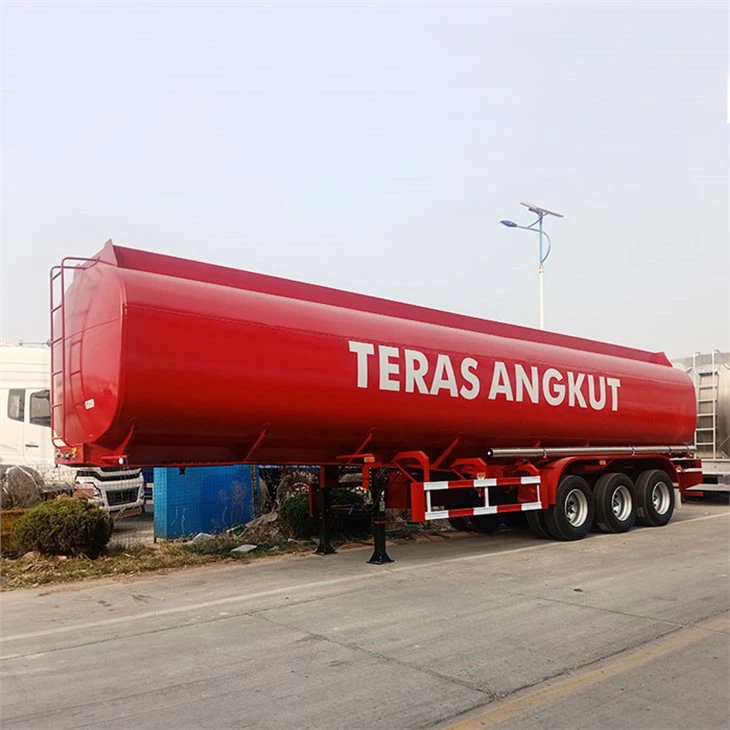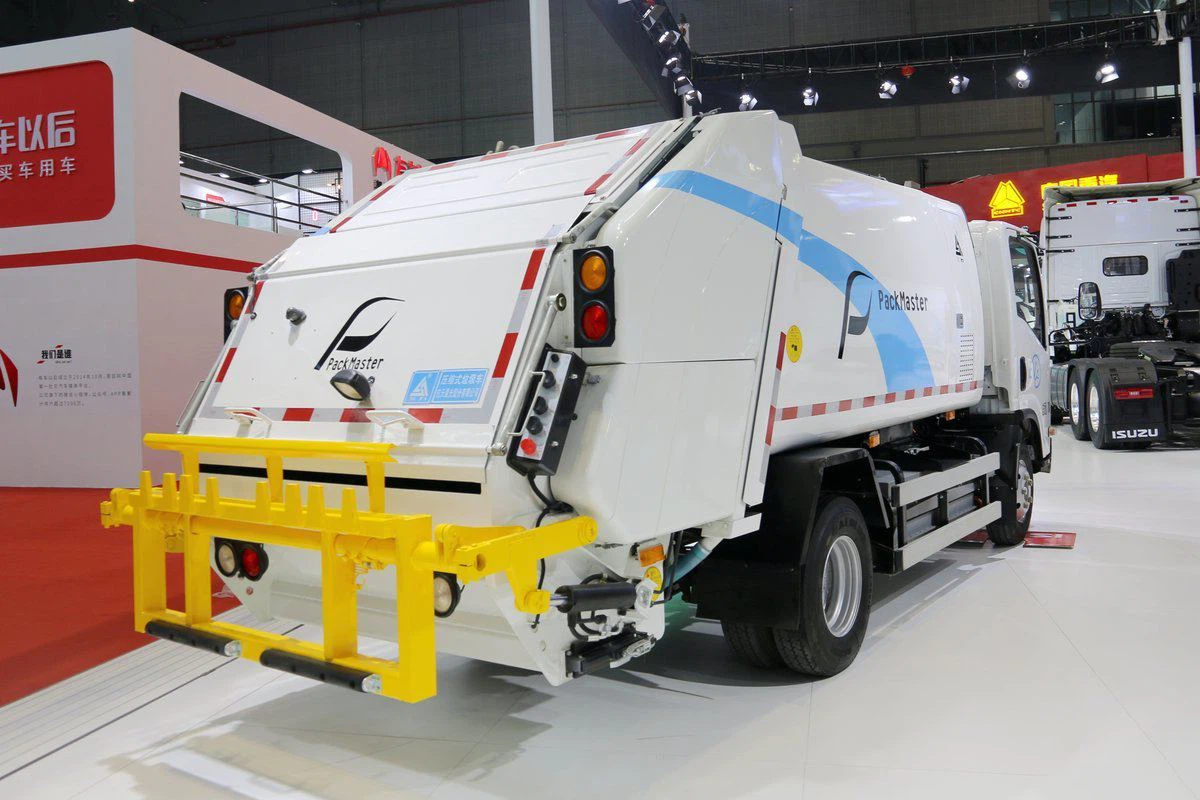Ultimate Guide to Auger Trash Compactors: Efficiency and Benefits

Trash compaction is a vital process in modern waste management, helping households and businesses minimize waste while maximizing space efficiency. Among the various equipment options available, the auger trash compactor stands out for its innovative approach. This comprehensive article will explore auger trash compactors in detail, covering their functions, advantages, selection tips, and broader impact on waste management.

What is an Auger Trash Compactor?
An auger trash compactor is a type of waste management equipment designed to compress refuse materials to reduce volume. Unlike traditional compactors that rely on hydraulic systems, auger compactors utilize a rotating auger mechanism to move and compress the trash. This method ensures a more efficient compaction process, leading to significant space savings in landfills and waste storage areas.
The Mechanics of Auger Trash Compactors
How Auger Trash Compactors Work
At the core of an auger trash compactor is the auger itself, which is a spiral-shaped device. As the auger rotates, it not only moves trash toward the compacting chamber but also compresses it in the process. The design allows the material to be compacted more uniformly and effectively than in traditional compactors.
Key Components
| Component | Function |
|---|---|
| Auger | Moves and compacts waste material. |
| Compaction Chamber | Contains the waste during the compaction process. |
| Control Panel | Allows users to operate the compactor easily. |
| Safety Features | Protect users from accidents during operation. |
Benefits of Using Auger Trash Compactors
There are several advantages to using an auger trash compactor, including:
- Space Efficiency: By compacting waste effectively, auger compactors reduce the volume of waste, allowing for more efficient use of storage space.
- Cost Savings: Less waste means lower disposal costs, as fewer trips to the landfill are required.
- Environmental Impact: Reducing waste volume contributes to lower greenhouse gas emissions and a smaller environmental footprint.
- Improved Safety: Compacted waste is less likely to cause accidents or health hazards in storage areas.

Choosing the Right Auger Trash Compactor
Factors to Consider
Selecting the right auger trash compactor for your needs involves several considerations:
- Size and Capacity: Assess the volume of waste generated to determine the necessary capacity of the compactor.
- Type of Waste: Different compactors are designed for specific types of waste, such as food scraps, packaging materials, or construction debris.
- Power Source: Auger trash compactors can be electric, hydraulic, or gas-powered. Choose one that suits your operational needs.
- Durability: Look for robust construction materials that can withstand regular use and harsh waste conditions.
Best Practices for Operating Auger Trash Compactors
To maximize the effectiveness of your auger trash compactor, implement these best practices:
- Regular Maintenance: Perform routine checks on the auger and other components to ensure they are functioning correctly.
- Proper Loading: Follow loading guidelines to prevent overloading and maintain efficient operation.
- Monitor Performance: Keep track of the compaction ratio and adjust operations if needed to optimize waste processing.
- Training: Provide proper training for operators to ensure safe and effective usage.
Auger Trash Compactors vs. Traditional Trash Compactors
Comparative Analysis
| Feature | Auger Trash Compactor | Traditional Trash Compactor |
|---|---|---|
| Compact Mechanism | Rotating auger | Hydraulic press |
| Compaction Efficiency | High | Moderate |
| Power Consumption | Lower | Higher |
| Maintenance | Less frequent | More frequent |
| Material Diversity | Handles various materials | Limited to certain materials |
Real-World Examples of Auger Trash Compactor Usage
Auger trash compactors are widely utilized across many industries. Here are a few examples:
- Restaurants: Many restaurants use auger compactors to manage food waste effectively, helping reduce disposal costs while complying with local waste regulations.
- Construction Sites: Construction firms benefit from the ability of auger compactors to handle bulky waste, enhancing site efficiency and safety.
- Retail Stores: Retail businesses implement these compactors to minimize the volume of cardboard and packaging materials, saving space and reducing waste collection frequency.
Environmental Impact of Auger Trash Compactors
Reducing Waste Volume
Reducing waste volume is crucial in waste management, as it directly impacts landfill space, transportation costs, and greenhouse gas emissions. Auger trash compactors play a significant role in this reduction by:
- Maximizing Container Utilization: Compacting waste ensures fewer bins are required, thus minimizing disposal trips and transportation costs.
- Encouraging Recycling: By reducing the size of trash, it encourages better sorting practices, leading to higher recycling rates.
Energy Efficiency
Energy consumption is a significant factor in the environmental footprint of waste management. Auger trash compactors, being more efficient than traditional models, help reduce energy usage, which contributes to lower emissions and operational costs.
Cost Analysis of Auger Trash Compactors
Initial Investment vs. Long-Term Savings
While the initial investment in an auger trash compactor may be higher than that of traditional compactors, the long-term savings can be substantial. Consider the following potential cost savings:
- Less Frequent Hauling: Compaction reduces the volume of waste, leading to fewer disposal trips and lower transportation costs.
- Reduced Labor Costs: Efficient compaction can lower labor costs associated with waste management operations.
- Lower Disposal Fees: Many municipalities charge based on the volume of waste, so compaction can lead to reduced disposal fees over time.
Table of Cost Comparison
| Cost Element | Auger Compactor | Traditional Compactor |
|---|---|---|
| Initial Purchase Cost | Higher | Lower |
| Operational Costs | Lower | Higher |
| Maintenance | Less Frequent | More Frequent |
| Disposal Fees | Lower | Higher |
Future Trends in Trash Compaction Technology
Innovations on the Horizon
The waste management industry continues to evolve, with several trends emerging that may shape the future of auger trash compactors:
- Smart Technology: Integration of IoT devices and sensors for real-time monitoring of compaction levels and maintenance needs.
- Enhanced Materials: Use of advanced materials for augmented durability and performance.
- Automation: Fully automated systems reducing the need for manual operation, making the process safer and more efficient.
Impact on Waste Reduction Goals
With innovations and improvements, auger trash compactors are likely to play an essential role in helping communities achieve waste reduction and recycling goals. Efficient waste management practices align with environmental sustainability targets.
Frequently Asked Questions (FAQs)
What types of waste can I compact with an auger trash compactor?
Auger trash compactors are versatile and can handle various materials, including food waste, cardboard, and packaging materials. However, always refer to the manufacturer’s guidelines for specific compatibilities.
How often should I maintain my auger trash compactor?
Regular maintenance is essential. Depending on usage, perform checks monthly or every few months to ensure all components are functioning correctly.
Are auger trash compactors energy-efficient?

Yes, auger trash compactors are generally more energy-efficient compared to traditional compactors, leading to lower operational costs and reduced environmental impacts.
Can I use an auger trash compactor in a small business setting?
Absolutely! Auger trash compactors are ideal for small businesses looking to minimize waste space and costs efficiently.
What is the lifespan of an auger trash compactor?
The lifespan can vary based on usage, maintenance, and environmental conditions, but well-maintained units can last 10-15 years or even longer.
Is training necessary for operators of auger trash compactors?
Yes, proper training is crucial to ensure safety, efficient operation, and optimal performance of the auger trash compactor.
